By Stephen Beaumont
The early days of craft brewing in Niagara were marked by highs and lows. Beer drinkers of a certain age will recall Sculler Brewing of St. Catharines, the founder of which was convinced that if he brewed a great lager – he did! – southern Ontario would beat a path to his door – they didn’t!
Slightly more recent memory will conjure Niagara Falls Brewing, producer at one time of three of Canada’s top beers – Eisbock, Maple Wheat and Olde Jack – yet sold, shuttered, and moved not long after the turn of the century.
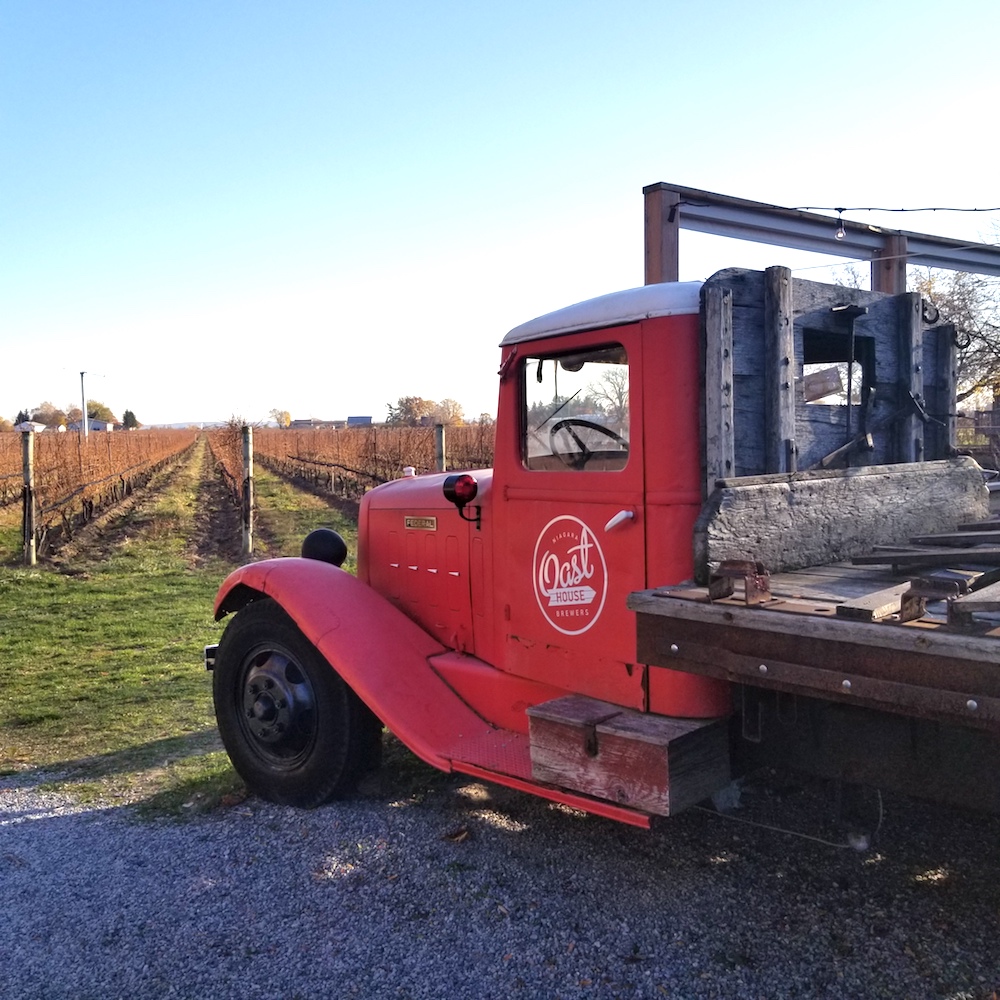
Thankfully, the second wave of Niagara brewing, which began around the start of the century’s second decade, has fared much better. One of the now-veterans of this new era is Niagara Oast House Brewers.
Conceived and founded by three friends working together at Inniskillin, Cian MacNeill, Kevin Somerville and Mike Berlis, Oast House was also one of the first Ontario breweries to focus on forging a connection between their beer and the land – not entirely surprising for entrepreneurs coming from the wine industry. Even the name was chosen to evoke an agricultural association, a traditional oast house being a building dedicated to the drying of hops.
From the moment of its 2012 opening, emphasis at Oat House has been placed upon what are popularly termed ‘farmhouse beers,’ Old World styles with agrarian roots. As such, the Saison and Biere de Garde, each named for its style, respectively Belgian and northern French in origin, have been core staples for all of the brewery’s life, packaged in 750 ml bottles sealed with a cork and cage. It didn’t take long, however, for the trio to begin work on a more ‘sessionable’ beer, settling eventually on Barn Raiser, a crisp and bright gold Pale Ale which, these days, provides an interesting and refreshing break from the seemingly endless rows of cloudy, aroma-driven New England-style pale ales and IPAs that crowd store shelves.
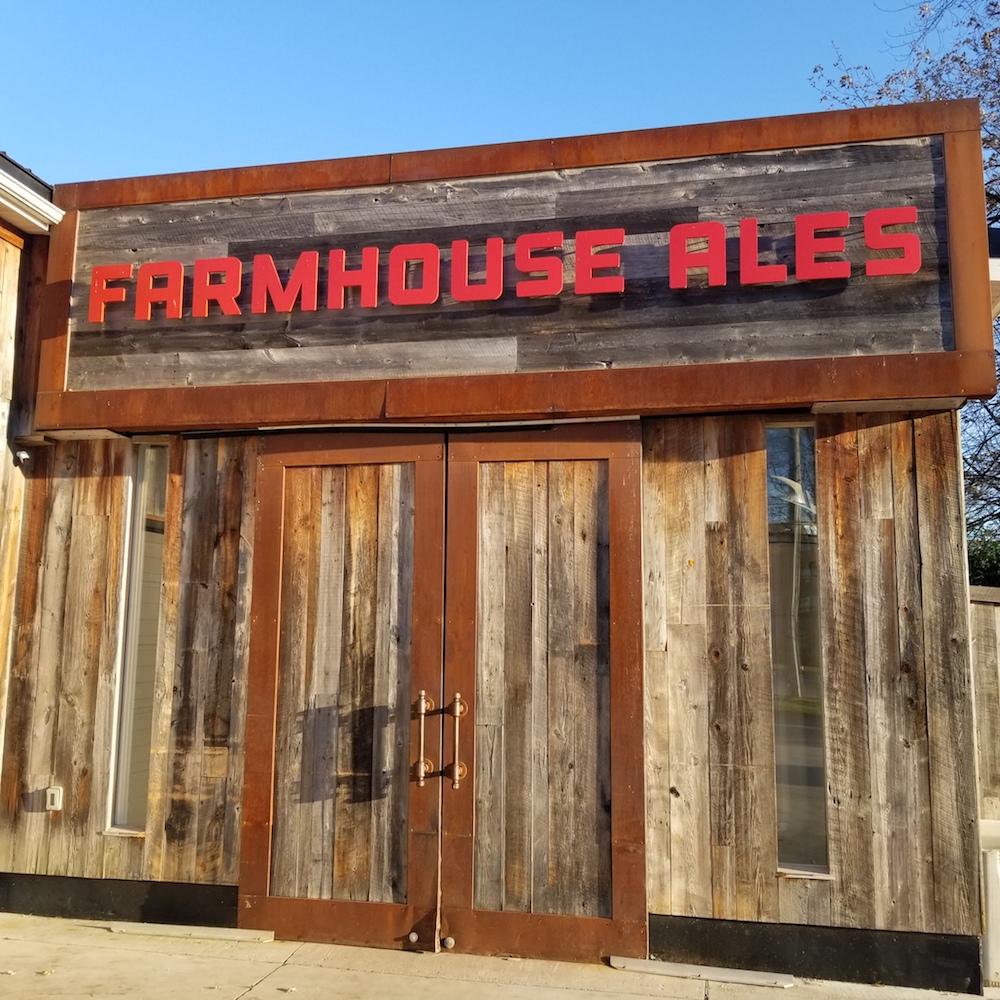
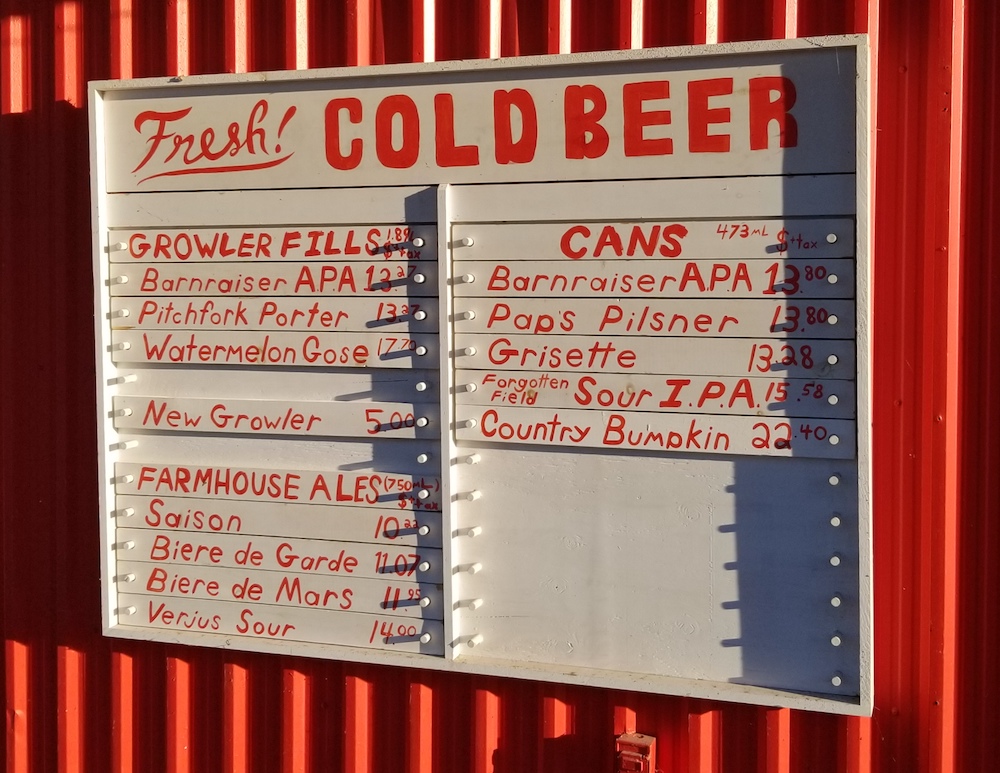
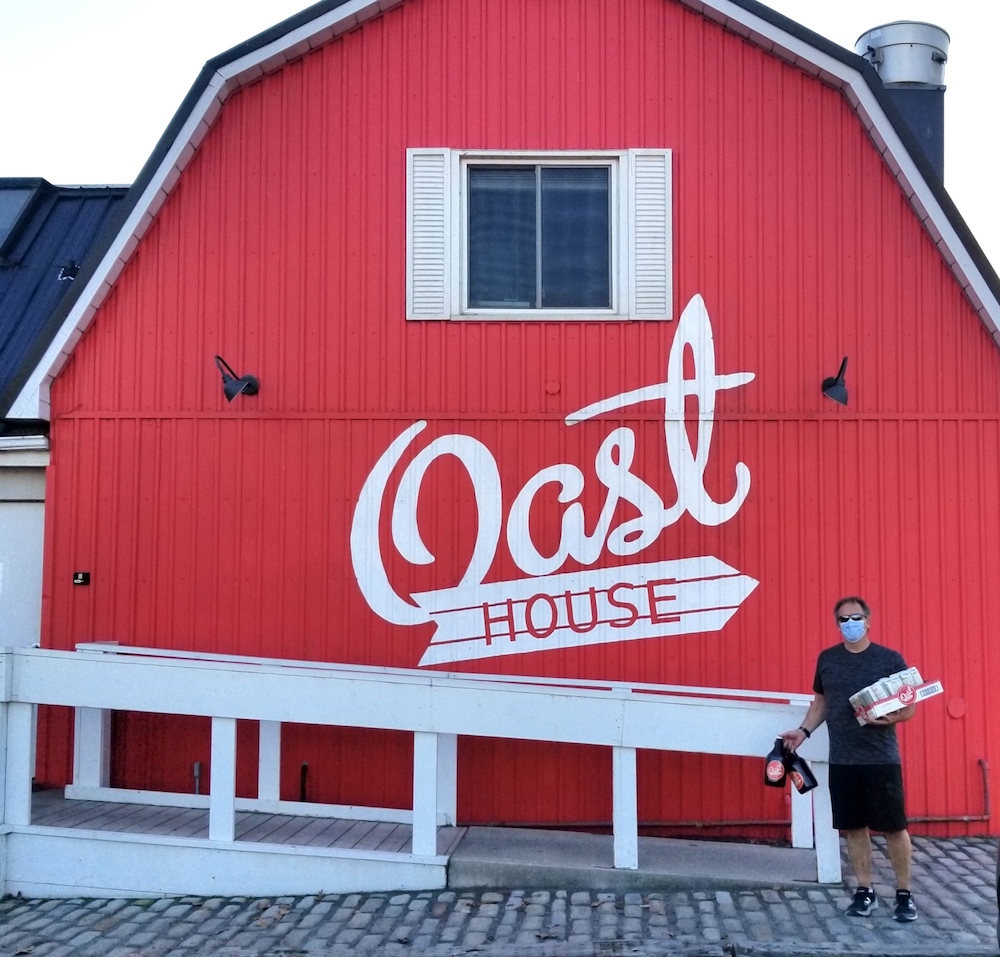
Sales of Barn Raiser took off, today accounting for 60-65% of the brewery’s output, while along the way Somerville and Berlis bowed out of the business, with MacNeill buying their shares and assuming a leadership role. The agricultural connection was strengthened by an expansion of the Farmhouse Collection, including a beer in the somewhat obscure northern French Bière de Mars style, and the addition of the Rural Route Series, which emphasizes Niagara-grown ingredients, such as the local pumpkin and squash employed in the autumnal Country Bumpkin Spiced Ale. A year-round Pitchfork Porter and a calendar of rotating seasonal brews complete the portfolio.
MacNeill reports that the brewery owns eight acres of land adjacent to the imposing red barn they occupy on Niagara Stone Road, but that he and his partners haven’t yet quite decided on what to do with it. (The presence of a separately-owned house between the brewery and the land complicates matters slightly.) In the interim, he continues to source local ingredients for specialty brews, lamenting with a grin the seasonality of the fruit he uses in the brewery’s perennially fast-selling fruit beers, and takes great pride in being true to the brewery’s mission of “creating beers with a sense of place.”
A Six-Pack of Niagara
Oast House Beers
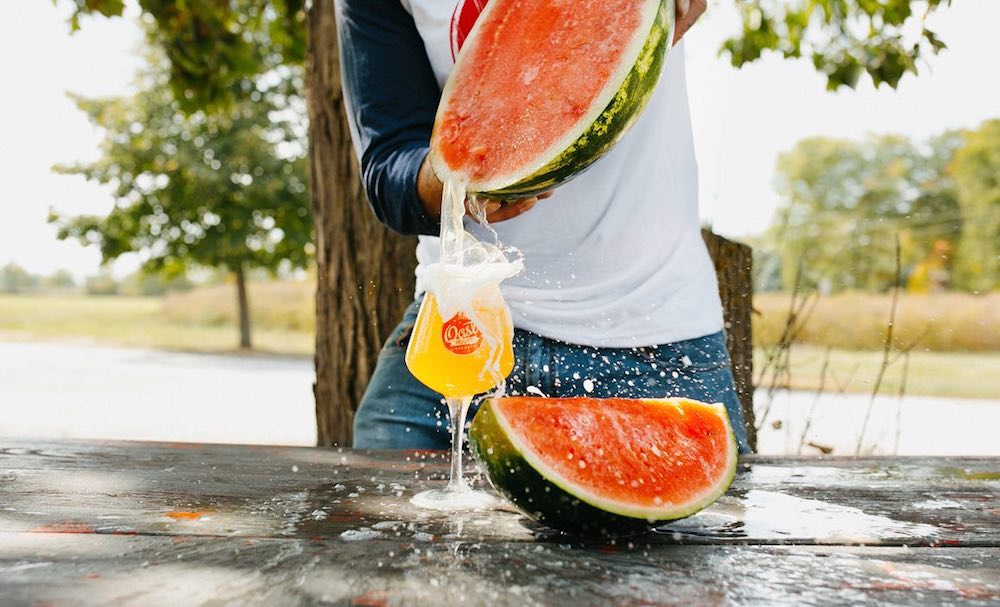
Watermelon Gose (6.3%): As its name suggests, this is a Gose style beer flavoured with local watermelon. (For the uninitiated, Gose is an old, pre-Reinheitsgebot German style typically given a lactic fermentation, resulting in a tart character, and flavoured with salt and coriander.) There is no coriander used in this light gold ale with just a hint of pink to it, but there is plenty of dry, perfumy watermelon rind in the aroma. On the palate, there is first tangy, slightly salty watermelon juice, then a more grainy, almost cereal-esque mid-palate that stays crisp, lean and quenching while it grows progressively saltier and fruitier towards the mildly tangy, dry and quick finish. At almost twice the alcohol content of a typical Gose, this loses none of its refreshing qualities for its extra strength.

Country Bumpkin Spiced Ale (5.4%): Oast’s version of a pumpkin beer is made with roasted pumpkin and three squashes, butternut, golden hubbard and acorn, plus a blend of pumpkin pie spices. It pours a bright, autumnal copper-amber colour, with ample spice in the nose – nutmeg, allspice and cinnamon – but also a richness that evokes less pumpkin pie and more roasted squash. The body likewise manages to balance spice with vegetables and more traditional beer ingredients, but only just, with savoury brown spice notes threatening at times to overwhelm everything else. In the end, what emerges is a very pleasant amber ale with greater body than you’d expect of a mid-strength beer and an enjoyable punctuation of spice that does not overstay its welcome.
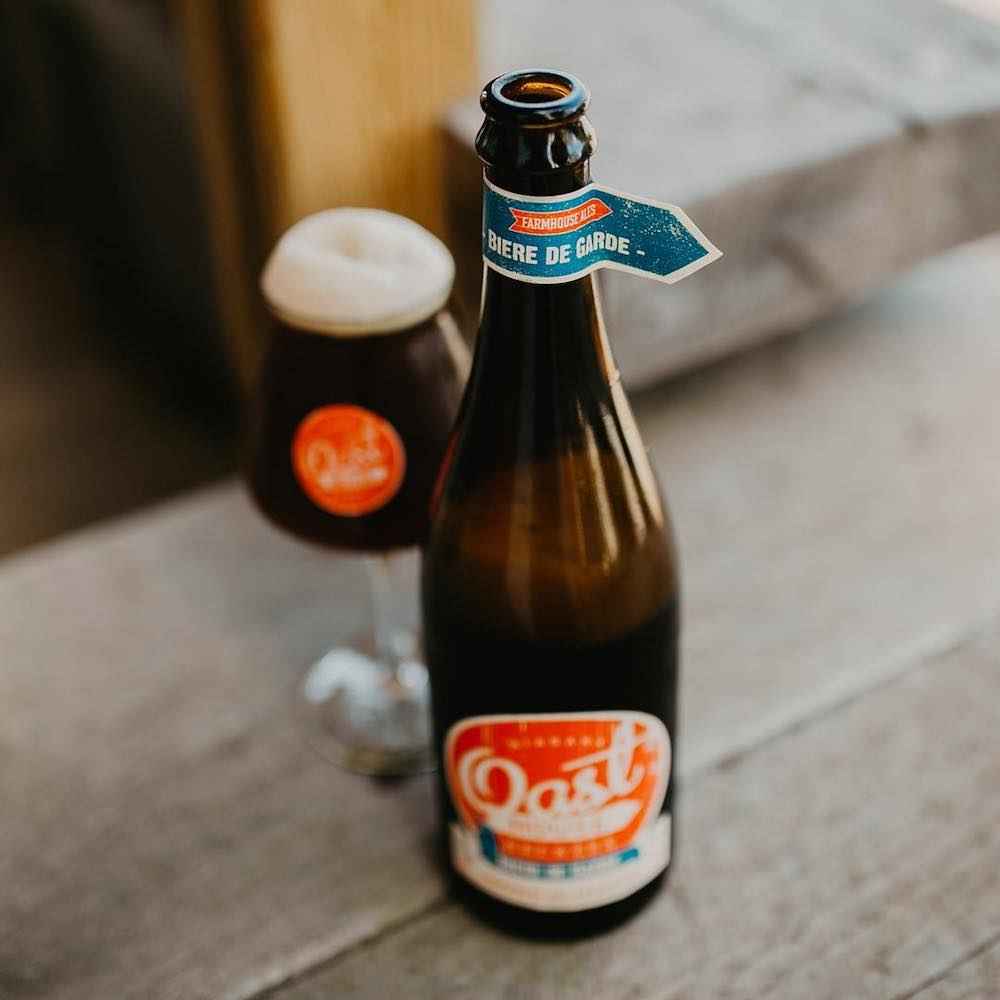
Biere de Garde (7%): The Bière de Garde style is the northern French equivalent of the Belgian Saison, typically a bit stronger and less hoppy, with more of an earthy malt character. This bottle, aged 3.5 years at the brewery, fits the bill of an Old School version quite well – newer Bières de Garde tend to emulate more the Saison – although with an apparent oxidized malt character that is a bit bigger than I’d prefer. The nose shows the ‘figgy pudding’ notes of a younger version, but drier, more reserved and faintly cardboardy, while the body retains all of the laudable nutty, earthy, gently boozy, stewed fruit and light spice character of its youth, although more sherried and reserved. The finish is dry, very softly spicy, and warming, with hints of raisin and dried apple. A beer of considerable dignity for its age – buy and drink now before they run out of this bottling.
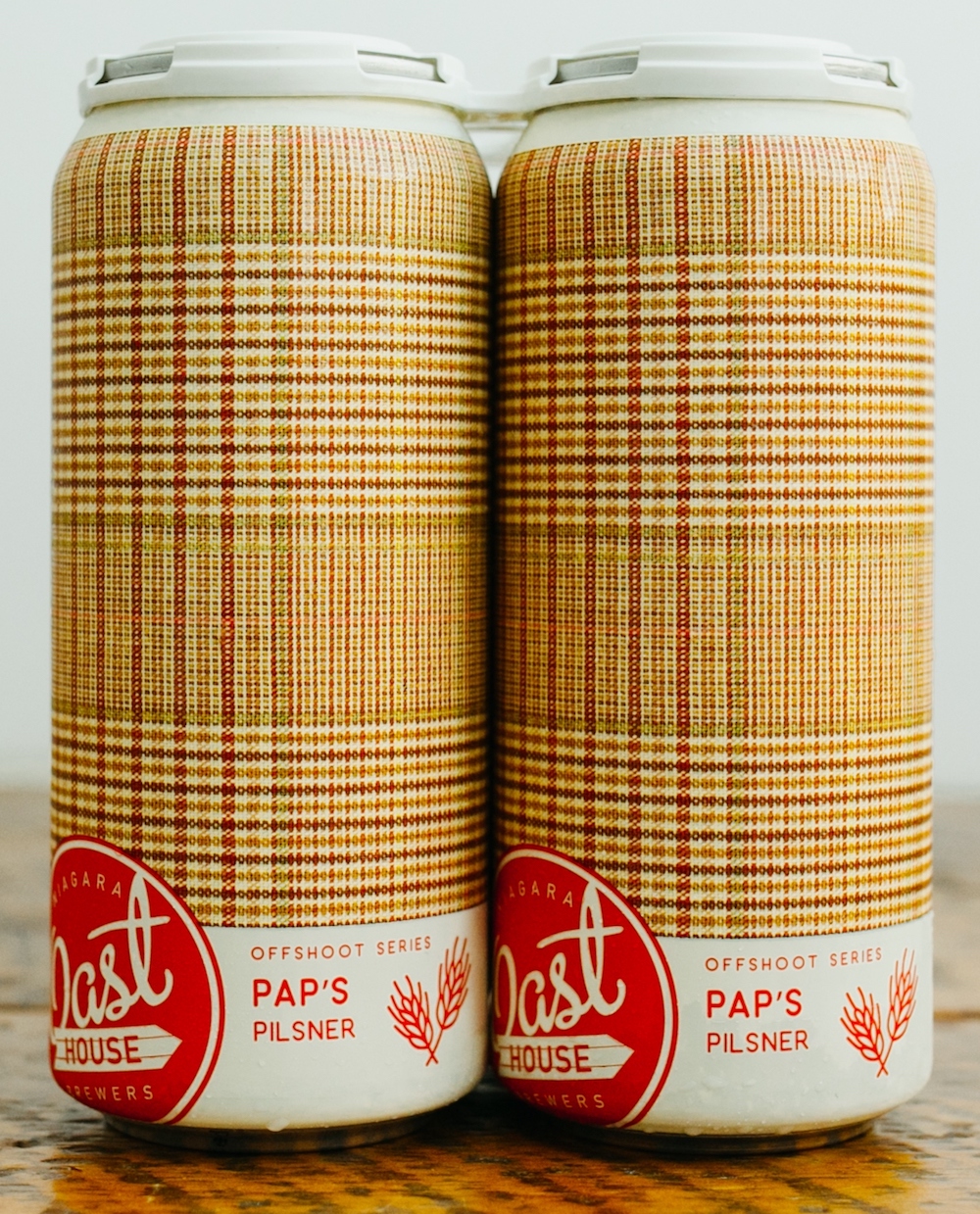
Pap’s Pilsner (4.8%): Part of the brewery’s ‘Offshoot Series’ and certainly a departure for this ale-focused operation. I’d put this in the mid-German interpretation of the style, neither so lean and bitter as a northern German Pils nor as floral as a Světlý Ležák, which is what the Czechs call the beer style they invented. The nose is dry and perfumey, like a field of barley on a late summer day, with a whiff of sunflower in the background. The body carries a slight cereally sweetness up front, as do many southern German examples, before drying and turning more dried leaf and floral hop in the middle, accented by a light note of dried lemon peel, and mild to moderately bitter and bone dry on the finish. Quite an achievement for a brewery I have never known to previously produce a lager.
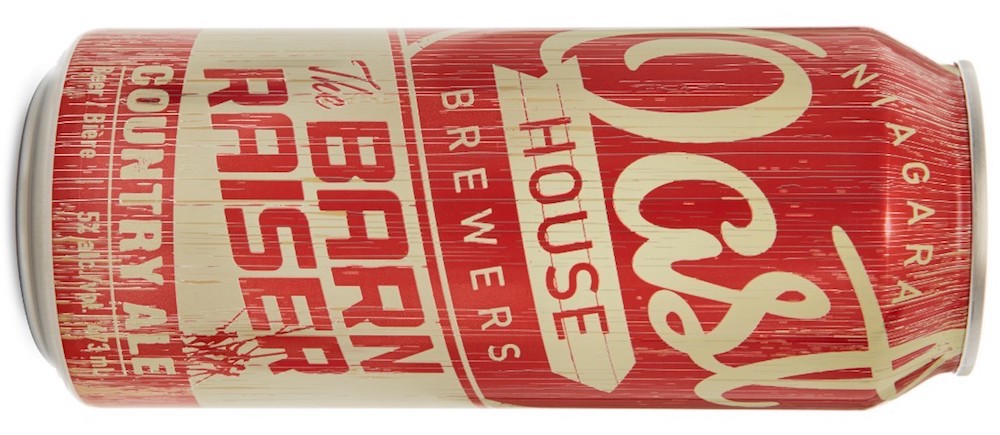
Barn Raiser Country Ale (5%): While billed a “Country Ale” rather than a Pale Ale, there is little doubt that the style of this is full-on North American-style Pale. It is a clear and bright gold in colour with a fresh and very lightly floral lemon zest aroma, mixed with hints of light caramel, fresh grain and melon. The palate entry is gently sweet in an almost cotton candy fashion, tempered quickly by a rising hop character that carries with it moderate bitterness and notes of fresh orange and lemon oils. The finish is dry, mild to moderately bitter and lingering. All in all, a highly enjoyable if somewhat unassuming quaffer.

Saison (6.5%): Medium gold and hazy from bottle-fermentation, this beer has gone from strength to strength since it was first brewed eight years ago, steadily improving the whole way. The somewhat yeasty aroma has peppery notes layered over pear, apricot and a hint of citrus peel. On the palate, a glimmer of sweetness – red apple, peach and a hint of caramel – leads to a drying, spicy body with black pepper, dried stone fruit, lemon peel and modest bitterness. The finish is bone dry and mildly bitter, with some warming and peppery alcohol. The highest praise that can be given to a saison is that it could be Belgian, and this could easily be Belgian.
About Stephen Beaumont
Stephen Beaumont is one of the world’s leading writers on beer and spirits, with 15 books to his credit, including Canadian Spirits: The Essential Cross-Country Guide to Distilleries, Their Spirits, and Where to Imbibe Them (with Christine Sismondo) and the upcoming, fully revised and updated third edition of The World Atlas of Beer (with Tim Webb).
Note: For more info on Stephen, go here








Comment here